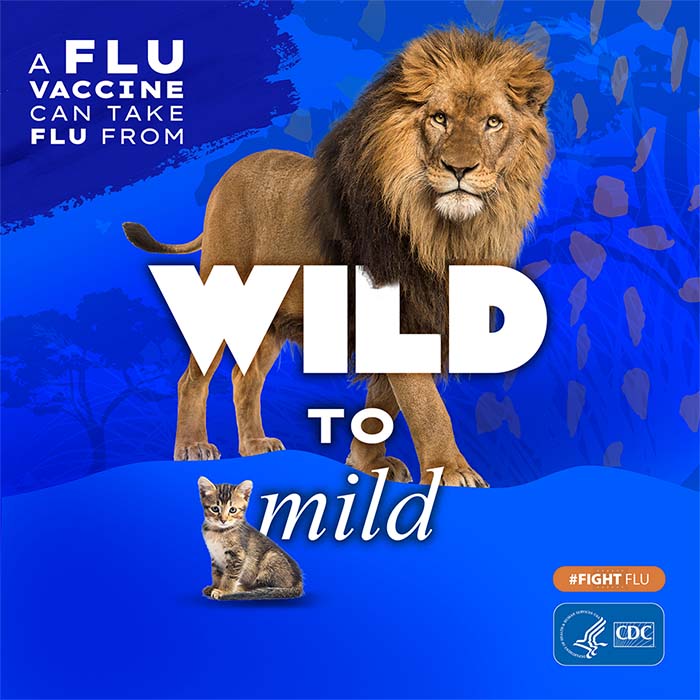CDC Reports About 90 Percent of Children Who Died From Flu This Season Not Vaccinated
March 22, 2013 – The number of influenza-associated pediatric deaths reported to CDC during the current season surpassed 100 this week as an additional 6 deaths were reported in FluView. This brings the total number of influenza-associated pediatric deaths reported to CDC, to date, to 105 for the 2012-2013 season.
Pediatric deaths are defined as flu-associated deaths that occur in people younger than 18 years. An early look at this season’s reports indicates that about 90 percent occurred in children who had not received a flu vaccination this season.
This review also indicated that 60 percent of deaths occurred in children who were at high risk of developing serious flu-related complications, but 40 percent of these children had no recognized chronic health problems. The proportions of pediatric deaths occurring in children who were unvaccinated and those who had high-risk conditions are consistent with what has been seen in previous seasons.
Children younger than 5 years of age and children of any age with certain chronic health conditions, including asthma or other lung disorders, heart disease, or a neurologic or neurodevelopmental disorder are at high risk of developing serious complications from flu infection.
CDC began tracking flu-associated pediatric deaths after the 2003-2004 flu season – a season that, like the current flu season, started early and was intense. In addition, it took a high toll on children. In the 2003-2004 season, 153 pediatric deaths were reported to CDC from 40 states. Flu-associated pediatric deaths became nationally reportable the following season. Since that time, reported pediatric deaths during regular influenza seasons have ranged from 35 deaths (during 2011-2012) to 122 deaths (during 2010-2011). However, during the 2009 H1N1 influenza pandemic, which lasted from April 15, 2009 to October 2, 2010, 348 pediatric deaths were reported to CDC.
Annual influenza vaccination has been recommended for all children 6 months to 18 years of age since the 2008-2009 influenza season. (Universal vaccination – or vaccination across all age groups – was implemented during 2010-2011.) While vaccination rates among children have risen slightly since that time, they remain relatively low.
According to CDC survey data, only about 40 percent of children had received a 2012-2013 influenza vaccine by mid-November of 2012. The final estimated vaccination rate among children during the 2011-2012 season was 52 percent.
Across all age groups, this season’s vaccine was found to be about 60 percent effective in preventing medically attended influenza illness. This number was lower among people 65 and older, but flu vaccination reduced a child’s risk of having to go to the doctor because of flu by more than 60 percent.
CDC recommends annual flu vaccination as the first and best step in preventing influenza. CDC recommends antiviral drugs as a second line of defense against flu for those people who are seriously ill and those who are at high risk of flu complications, even if they have been vaccinated.
The March 22 FluView also highlights that while influenza activity is declining in the United States, it is ongoing in much of the country. Learn more about protecting children against flu by visiting CDC’s website at Flu Information for Parents with Young Children. For more information about pediatric deaths in the United States, see CDC’s FluView Interactive tool.
